CAIRO – 12 May 2021: As part of the archaeological documentation and registration project of the rock tombs in al-Hamdiya necropolis in the Eastern Mountain in Sohag governorate, the archaeological mission of the Supreme Council of Antiquities succeeded in uncovering a large number of rock tombs.
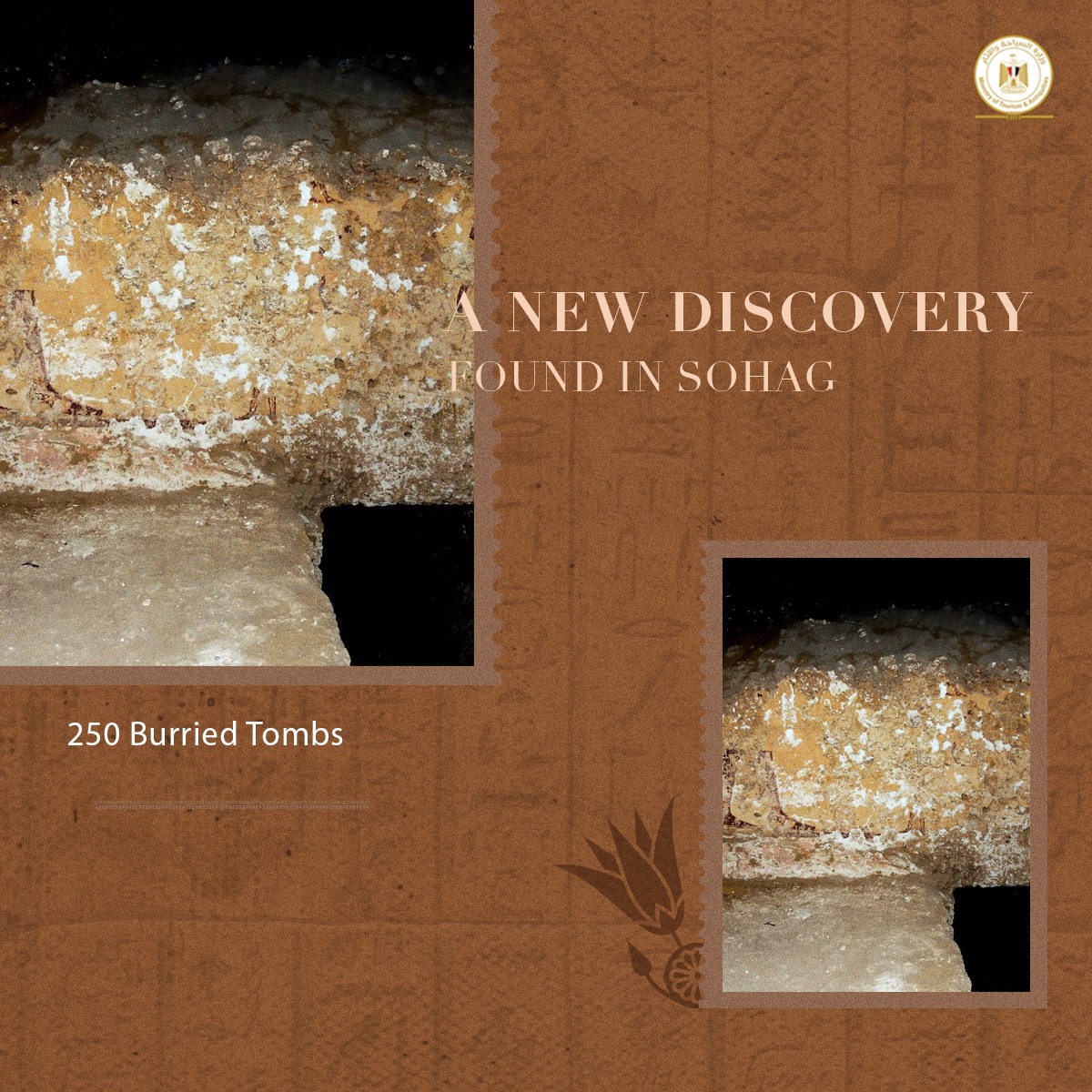
Secretary-General of the Supreme Council of Antiquities Mustafa Waziri said that these tombs have multiple models of about 250 tombs etched at several levels in the mountain.
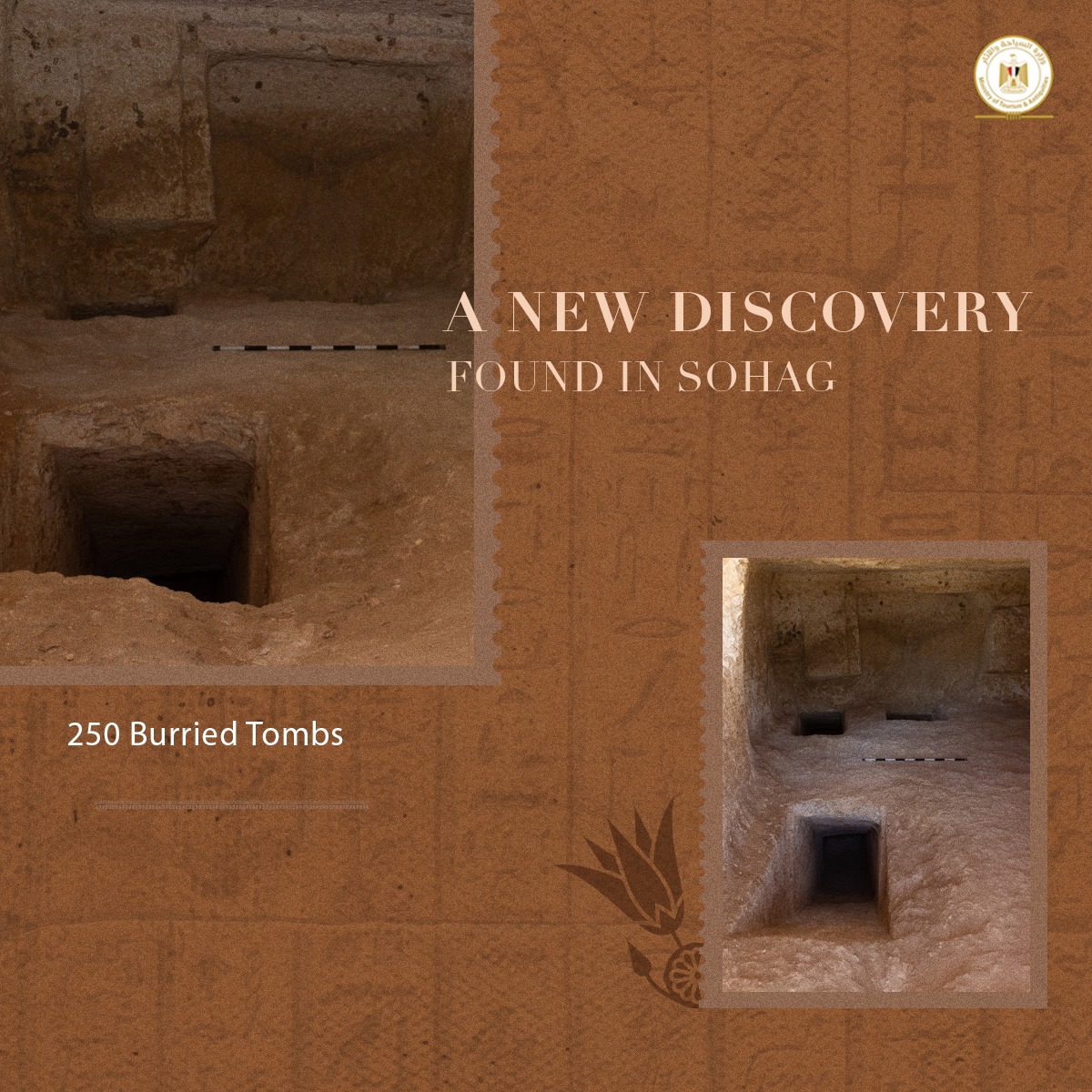
They included tombs with a well or several burial wells and others with a ramp that ends with a burial chamber. These tombs date back from the end of the Old Kingdom to the end of the Ptolemaic period.
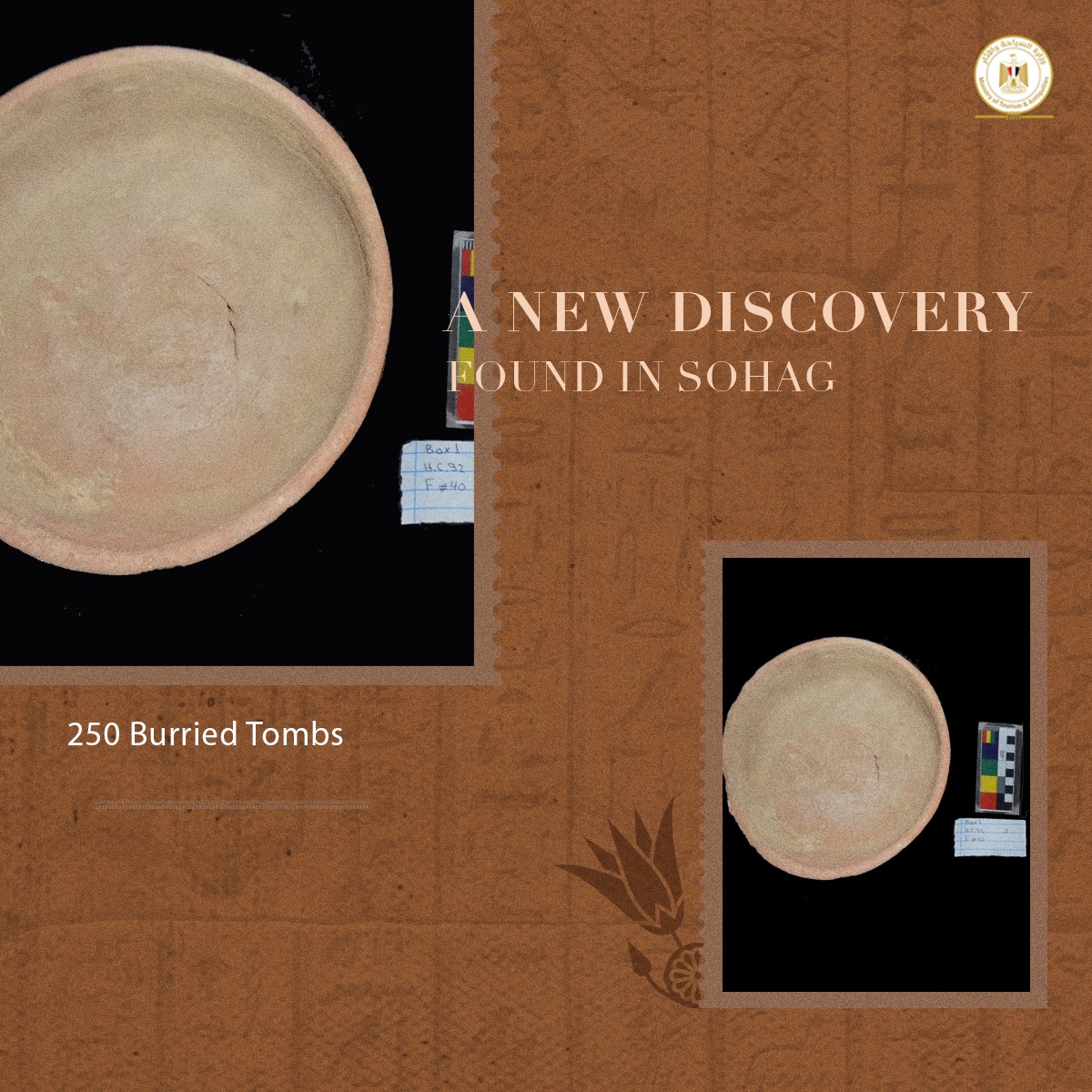
He pointed out that one of the models discovered is a tomb dating back to the end of the Old Kingdom that consists of an entrance leading to a cross-hall and a burial shaft in the south-east side, which is a sloped passage leading to a small burial chamber. The shaft was reused again in later eras.
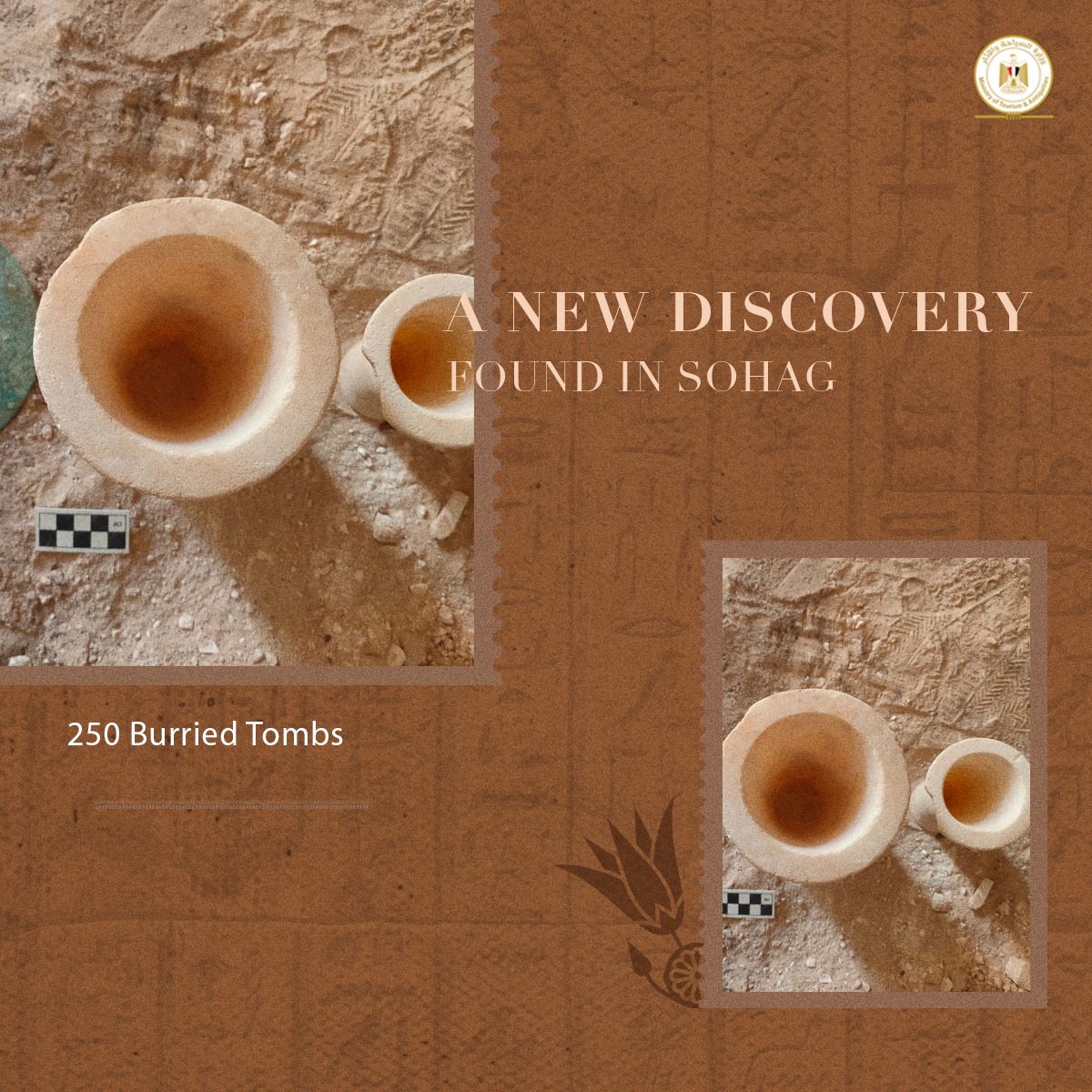
Moreover, Waziri explained that this tomb has an imaginary door with the remains of Hieroglyphic inscriptions, in addition to the presence of remnants of scenes belonging to the owner of the tomb depicting him slaughtering animals as sacrifices, and people giving offerings for the deceased.
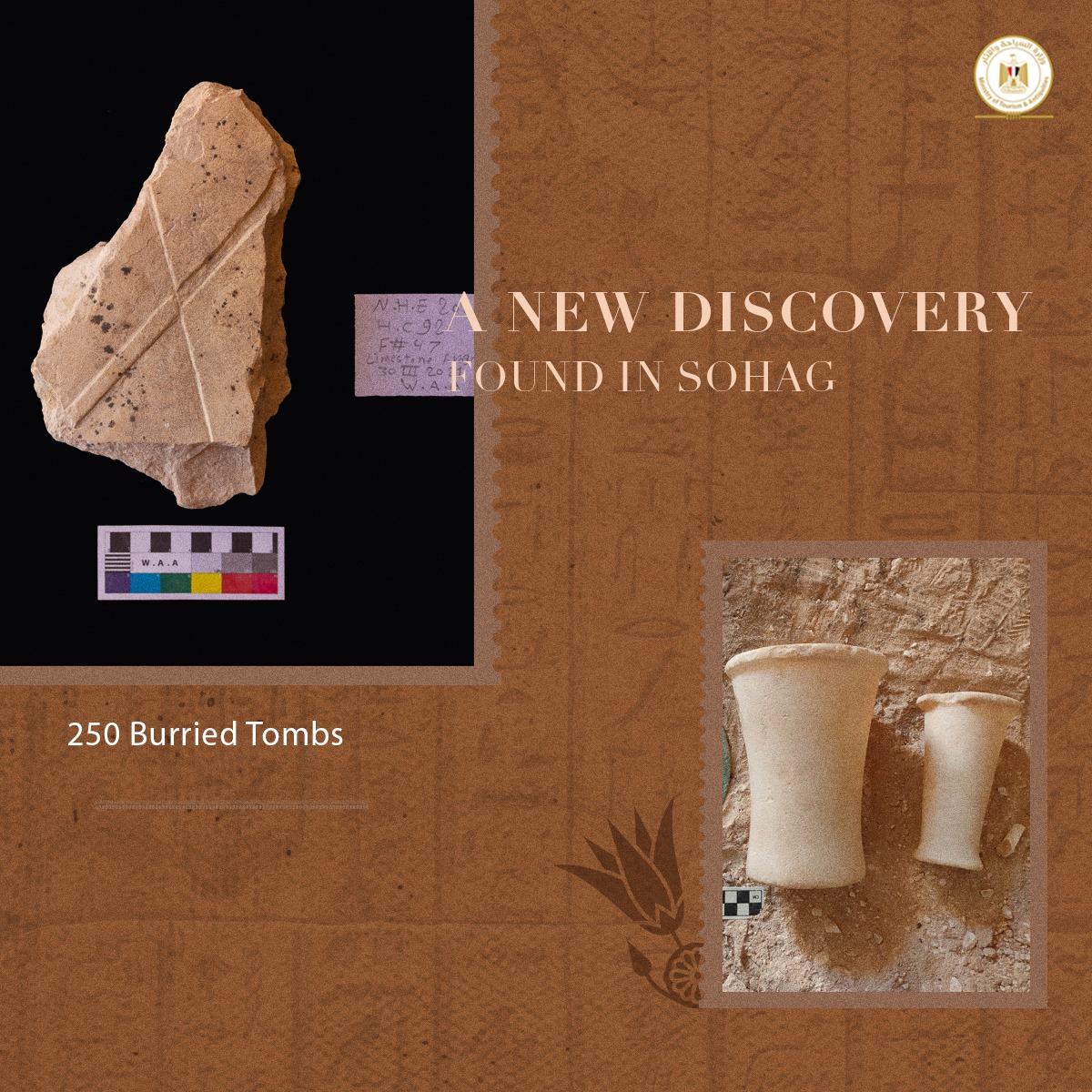
Head of the Central Department of Antiquities of Upper Egypt Mohammed Abdul Badie said that the excavations in this area resulted in the uncovering of many pottery pots, some of which were used in daily life and others in funerary furniture as miniature symbolic masterpieces, known as "Vot" Miniature" which are spherical small pots with yellowish coating residues from the outside.
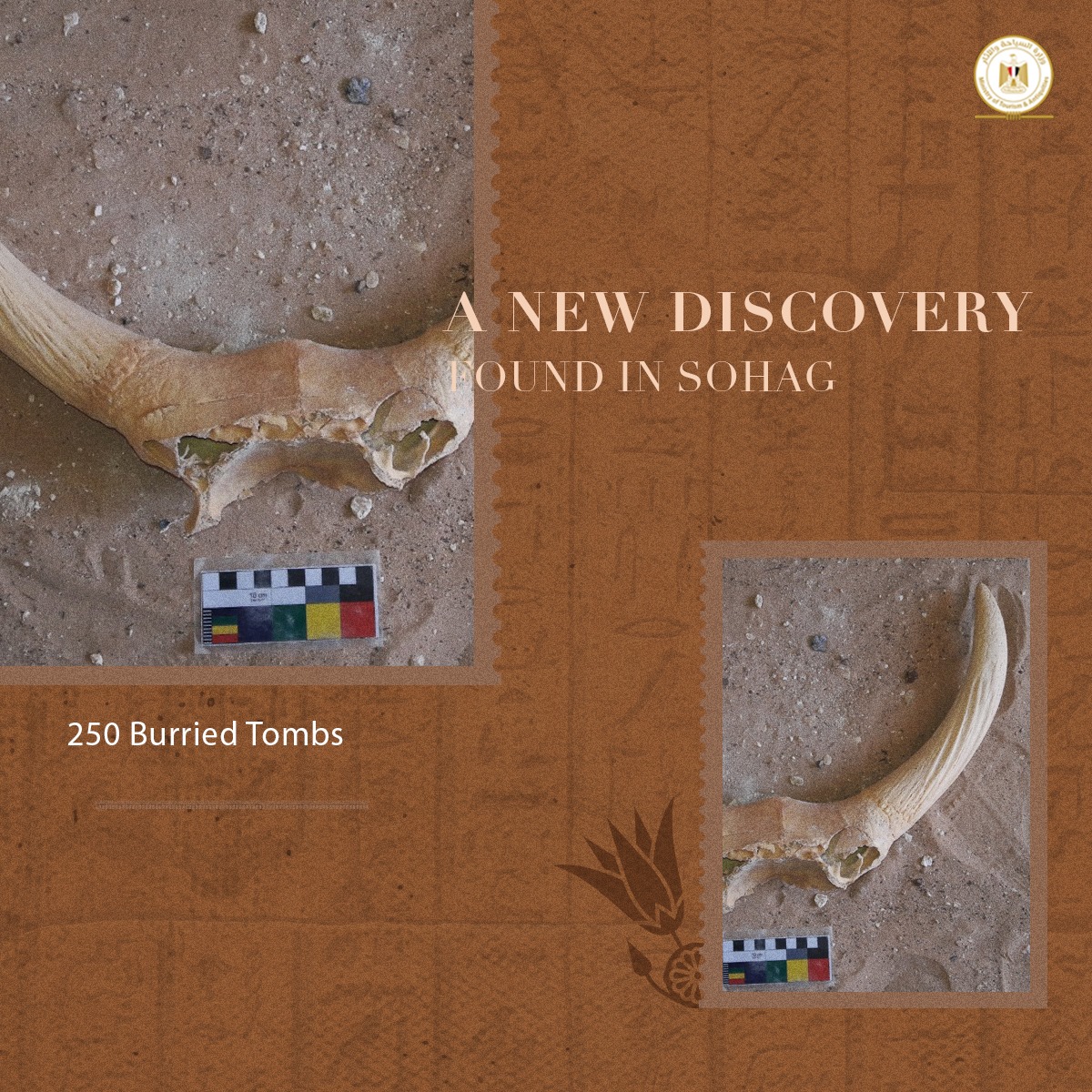
They also discovered many small-sized alabaster pots, remnants of a round metal mirror, human and animal bone remains, and many pottery fractures representing the late-era amurs, in addition to the remains of limestone pieces with inscriptions that may represent funerary paintings of the tomb owners dating back to the end of the Sixth Dynasty.
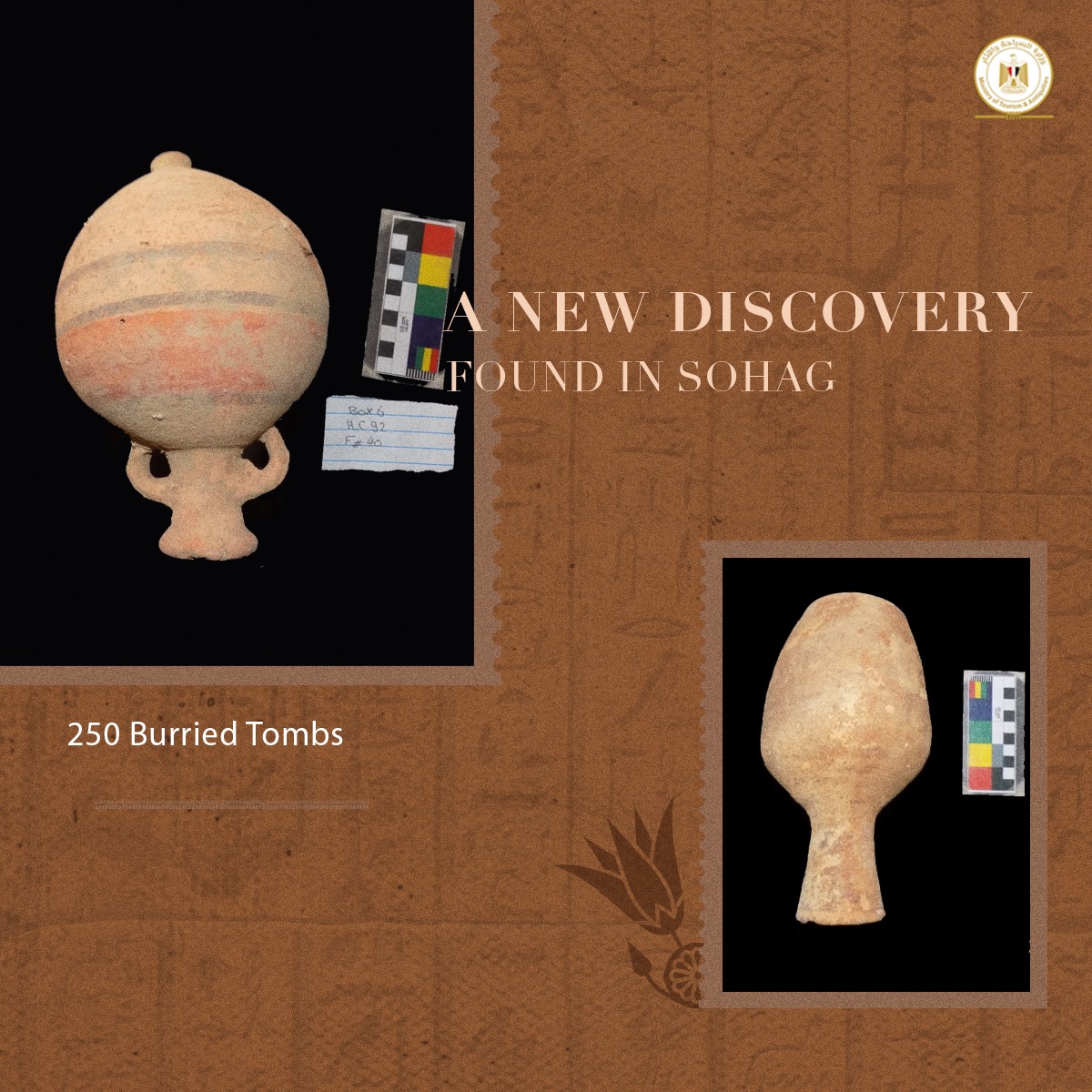
As part of the project, more than 300 tombs in the area, which extend from The Sheikhs Nag in the North, have been registered and documented.
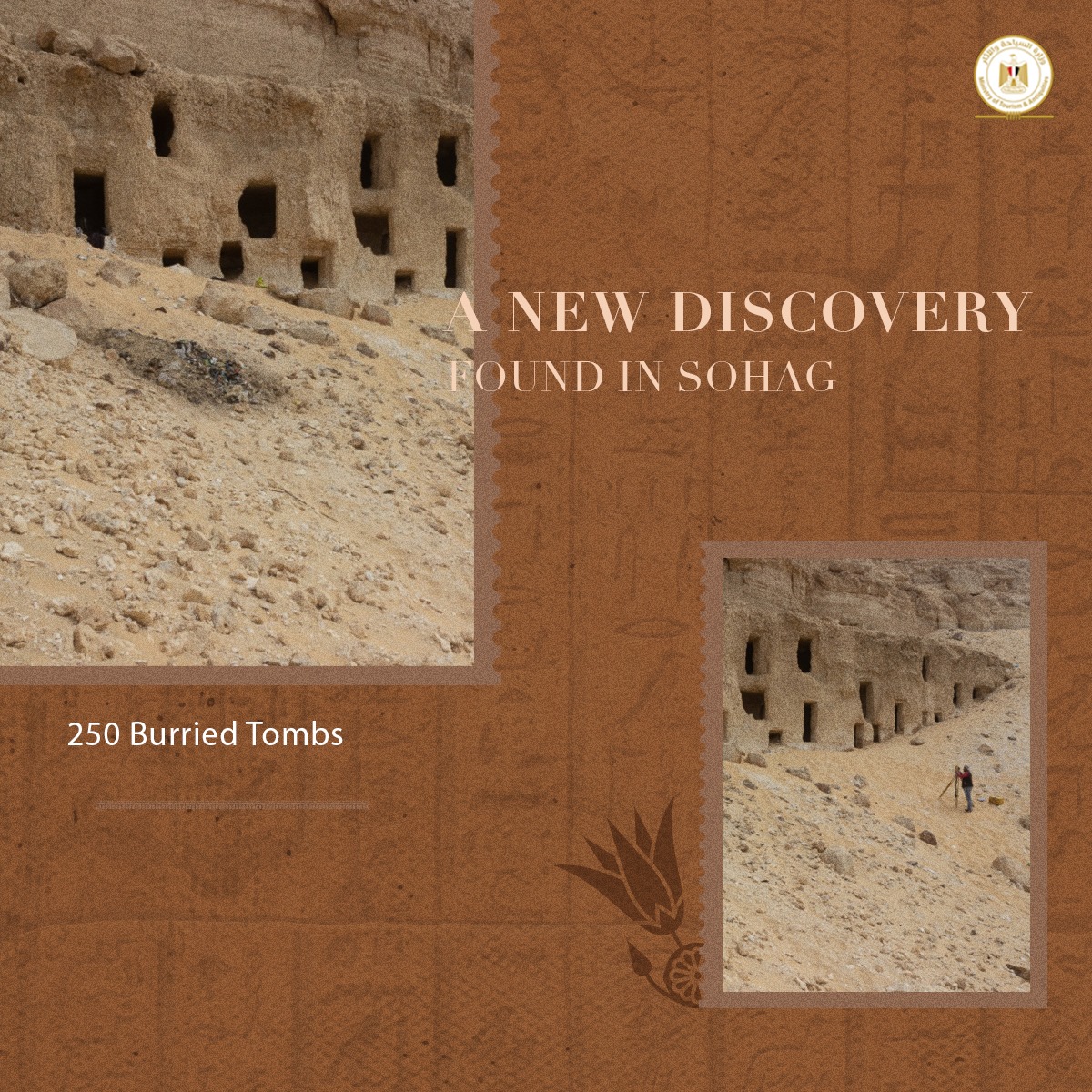
This collection of tombs represents the rulers and staff of the ninth province of Upper Egypt, which is one of the important administrative centers in ancient Egypt due to its position between the capital Manf, as well as Aswan since the old kingdom, in addition to its proximity to the city of Abidos, the center of worship of the God "Ozir". It was also the main center of the city of Akhmim and the main God of the territory was "Min".
He added that it is expected that more tombs will be uncovered on more than one level of the mountain.
Comments
Leave a Comment